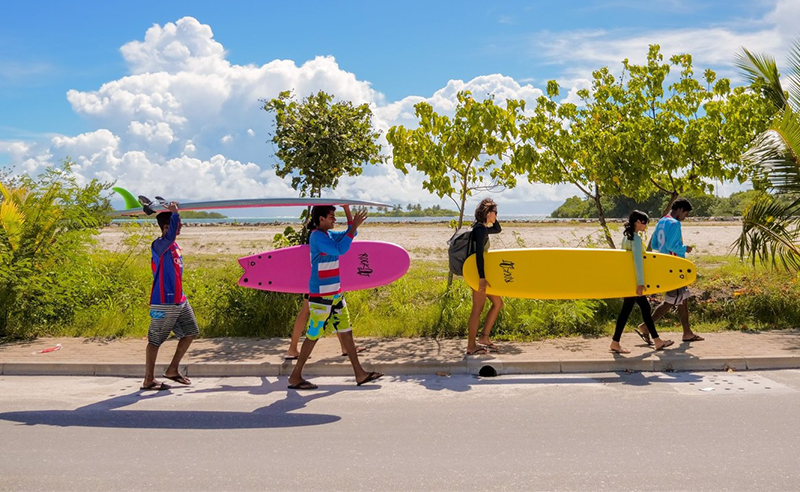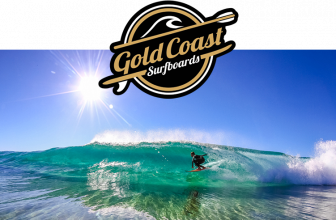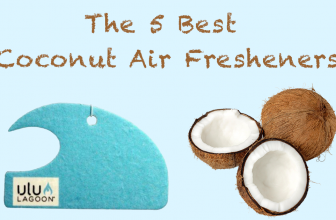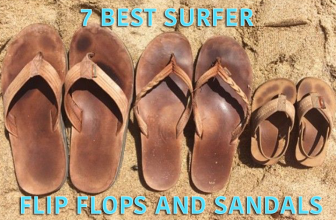
No matter what skill level you possess as a surfer, it is necessary to choose the right board for your size, abilities, and surfing conditions.
Without referring to a proper surfboard size chart, it’s easy to pick the wrong type of board and have a poor surfing experience.
For the most part, those who have been surfing for more than a few years have a solid idea of what kind of board to get.
Those who are new to the sport, however, probably don’t hold the knowledge necessary to finding the best board for themselves.
There truly is no one-size-fits-all surfboard, and it’s always a great idea to expand your quiver and have a variety of boards in different shapes and sizes.
With all the types of boards, shapes, and sizes, on the market it can make the search for the perfect fitting board feel daunting.
Luckily, we’ve put together some sizing charts and info to take the guesswork out of the equation!
Longboard Size Chart
Beginner
Weight | Board |
|---|---|
99-138lbs | 9’2”-9’4” |
138-158lbs | 9’4”-9’6” |
158- 178lbs | 9’6”-9’8” |
178-198lbs | 9’8”-10’ |
198lbs + | 10’ + |
Intermediate
Weight | Board |
|---|---|
99-138lbs | 9’0”-9’2” |
138-158lbs | 9’0”-9’2” |
158- 178lbs | 9’4”-9’6” |
178-198lbs | 9’4”-9’6” |
198lbs + | 9’8”-10’ |
Shortboard Size Chart
Beginner
Weight | Board |
|---|---|
99-138lbs | 6’0”-6’4” |
138-158lbs | 6’4”-6’8” |
158- 178lbs | 6’6”-6’10” |
178-198lbs | 6’10”-7’4” |
198lbs + | 7’4”+ |
Intermediate
Weight | Board |
|---|---|
99-138lbs | 6’0”-6’4” |
138-158lbs | 6’4”-6’8” |
158- 178lbs | 6’6”-6’10” |
178-198lbs | 6’10”-7’4” |
198lbs + | 7’4”+ |
Funboard Size Chart
Beginner
Weight | Board |
|---|---|
99-138lbs | 7’2”-7’4” |
138-158lbs | 7’4”-7’6” |
158- 178lbs | 7’6”-7’8” |
178-198lbs | 7’8” |
198lbs + | 7’8” + |
Intermediate
Weight | Board |
|---|---|
99-138lbs | 7’0”-7’2” |
138-158lbs | 7’2”-7’4” |
158- 178lbs | 7’6” |
178-198lbs | 7’7” |
198lbs + | 7’8” |
What Size Surfboard Do I Need?
Height and Weight are two very important factors you must consider and are basically the two main factors that sizing charts utilize. That being said, they need to also be taken into consideration with other factors. Obviously, if you’re a 6’5” 200+ man, you’re probably not going to be able to ride a little 5’5” potato.
A surfer under 6’ and 150lbs is going to need a much different board than the guy above. These two pieces of your physique are typically used in a volume calculator to determine the type of surfboard you get. Volume calculators can be found at just about any major surfing site on the Internet.
What Is the Best Size Surfboard for a Beginner To Learn On?
A beginner will want something that has more length and tons of stability. At this point you should be more concerned with that one board than building a quiver of boards. You’ll also want a board with enough volume to make paddling and staying balanced easier. We’d highly recommend a beginner to get something about 8 feet in length.
You’ll also want a board that is at least 22 inches in width. This will provide you with enough room in the chest to paddle and will make your pop ups more stable. As for thickness, try and stay around 3 inches or more.
You’ll also most likely want to get a soft top rather than a glassed board. They’re much easier on the body, considering you’ll be wiping out a lot, and they also provide much more stability than a traditional board.
Having a board like this with tons of volume will make paddling out a breeze, but it won’t be so big that you’ll have trouble setting yourself up in the lineup. As for the style of board, we’d recommend getting a longboard with a nice round nose and wide tail.
Stability is the goal here. At some point, you’ll be comfortable enough on the water to move down to something like a fiberglass shortboard.
Factors To Consider
How In Shape Are You?
As many veteran surfers will tell you, surfing gets much harder as you get older and your body doesn’t move like it used to. Many of these same veteran surfers will opt for thicker and bigger board so that they can keep their wave count high.
Like these guys, you should be honest about how in shape you are. If you know that your arms aren’t very strong for example, having a board that is difficult to paddle is going to make your sessions much shorter and bring you to fatigue much faster. Check your endurance and strength and find boards with the right qualities to complement them.
Conditions
What type of waves will you most likely be surfing?
Does your local spot have a lot of mush or big barrels? It’s important to ask these questions, as some boards are better suited for certain wave types than others. You also might just want a board that is suited for a wider variety of wave types if you’re a nomadic surfer, as different beaches will have different waves.
The waves over near Point Dume are much different from the ones down on La Jolla shores. I’m constantly hitting both spots so I need my daily driver hybrid that can do both. If I only had a shortboard, for example, I’d be out of luck on some small days.
Construction
Fiberglass
These are your standard types of surfboards and are probably the most popular among intermediate to advanced surfers. They are precisely made and have an attractive gloss and matte finish. They’re usually the heaviest types of boards and are not as buoyant as other types, mainly why they’re best for those who have been out on the water for quite some time already.
Foam
These types of boards are easily the most cost effective and are great for beginners. They are much safer than fiberglass boards with their slick bottoms and soft tops, somewhat similar to your standard boogie board. They don’t perform nearly as well as fiberglass boards when it comes to turning and doing tricks, though they will make your learning experience ten times better.
Frequently Asked Questions
What type of board should I get?
Shortboards
These boards are for intermediate to advanced surfers. They’re the typical surfboard shape that most people think of when someone mentions a surfboard. The noses are pointy, the shapes are slick, and they’re typically between 6’0 and 7’4”” (7’4” moving into longboard territory). While they’re great for high performance surfing when the waves are bigger, they’re terrible for beginners, as they don’t have much stability and they’re hard to paddle.
Funboard
Funboards are great for beginner to intermediate riders. They still have the feel of longboards, though have a bit more maneuverability. They’re far easier to take with you on the go compared to a longboard as well. Whether you’re a kid or adult, you can easily learn on one of these.
Longboards
Longboards are perfect for beginner to advanced surfers. They were the types of boards that people began surfing on when surfing first became a big sport. You can pretty much use them in most conditions. Advanced surfers can hang ten on them and newbie surfers can learn to find their balance on them.
What are some other surf terms I should watch for when finding my new board?
Template
The templates are basically how round the board is. The rounder the board, the better the ability to draw long curves and lay back when you surf. The slimmer, the better performance you’ll get from your board
Rocker
Rocker is the amount of bend that you’ll see in a board. Shortboards will typically have harder rockers that will cut deeper into the water so that you can pump. Longboards will typically have shallow rockers that help you to paddle easier and draw long, straight lines.
Tail
There are a multitude of tail types including pintails, round tails, squash tails, and more. In general, the rounder the tail, the better balance you’ll have with your board.
Conclusion
If you’re trying to maximize your wave count or just become a better surfer, it’s incredibly important to take into consideration all of the factors above so that you choose the best board for YOU. Look at your height, weight, skill level, fitness level, and wave conditions. These factors will point you towards the best board possible and will eventually help you to build a quiver that will help you rip on any day of the year.
Regardless of if you’re someone who goes out every single day or just a couple days out of the month, you need to be picking a board that will suit you day to day. We hope that this article has helped you to choose the best board for you! Now get out there and surf!





